Borlotti beans, or cranberry beans, are particularly popular in Italian cuisine. First bred in Colombia as the cargamanto, these beans have a creamy texture and nutty flavor that makes them an excellent ingredient in many dishes.
They also make for a great source of protein, fiber, and essential vitamins and minerals, which all aid in maintaining and preventing diseases. Borlotti beans are not only jam-packed with nutrition, but their creamy texture and nutty flavor make them a fantastic addition to soups, stews, and even salads.
Though knowing that borlotti beans may not be available in some locations, this list covers borlotti bean substitutes that can provide similar, if not better, nutritional benefits and flavor. Each of these alternatives can be used in many, if not all of your dishes, and can add an extra boost of protein and fiber to your meals.

✨ Best Substitutes for Borlotti Beans
Pinto Beans
1 cup of borlotti beans = 1 cup of pinto beans
Pinto beans are the ideal alternative to borlotti beans, as their nutritional benefits and flavor are comparable. These dark pink beans are a common ingredient in Mexican cuisine and are widely available, much more so than borlotti beans.
They have a creamy texture and slightly nutty flavor that makes them a delicious addition to stews, chilis, a healthy bean salad, as filling for tacos or burritos, or even used to make refried beans.
Kidney Beans
1 cup of borlotti beans = 1 cup of kidney beans
Reigning as the top substitute for borlotti beans, kidney beans have always been the go-to borlotti bean alternative for most home chefs. Their abundance and availability in most grocery stores make them an appealing swap.
Not only do they have a similar texture and taste, but they also provide a range of nutritional benefits that make them a perfect addition to any meal.
Kidney beans are, however, a slightly smaller size compared to borlotti beans. As such, it's best to adjust your cooking time accordingly, as they're smaller and full of essential nutrients.
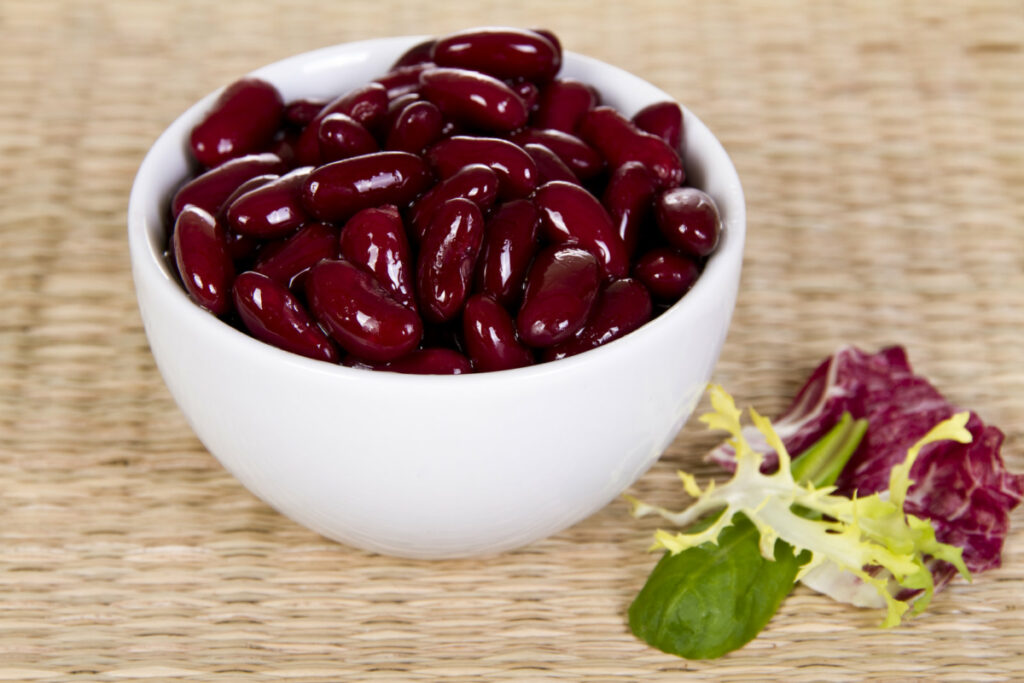
Great Northern Beans
1 cup of borlotti beans = 1 cup of great Northern beans
Great Northern beans are an excellent substitute for borlotti beans, being small and white with a mild flavor. One significant benefit of using great northern beans is that they are widely accessible and inexpensive, so they're a fantastic choice for people on a budget.
Great northern beans are also classically used in many dishes, such as minestrone, pasta e fagioli, and three-bean salad. Though they do have a slightly firmer texture than borlotti beans, this actually makes them ideal for soups and stews, as they hold up well during cooking.
Navy Beans
1 cup of borlotti beans = 1 cup of navy beans
Navy beans have always been a popular substitute for borlotti beans because of their similar texture and mild flavor. These small, oval-shaped beans are creamy white and often used in soups, stews, and casseroles.
Navy beans, also known as haricot beans or pea beans, are a superb source of iron and potassium. They can also be cooked in various ways without losing their shape, including boiling, baking, and slow cooking, making them a highly sought-after ingredient in many dishes.
With their nutritional benefits and versatility, navy beans are nothing to slouch on when considering them as a swap.
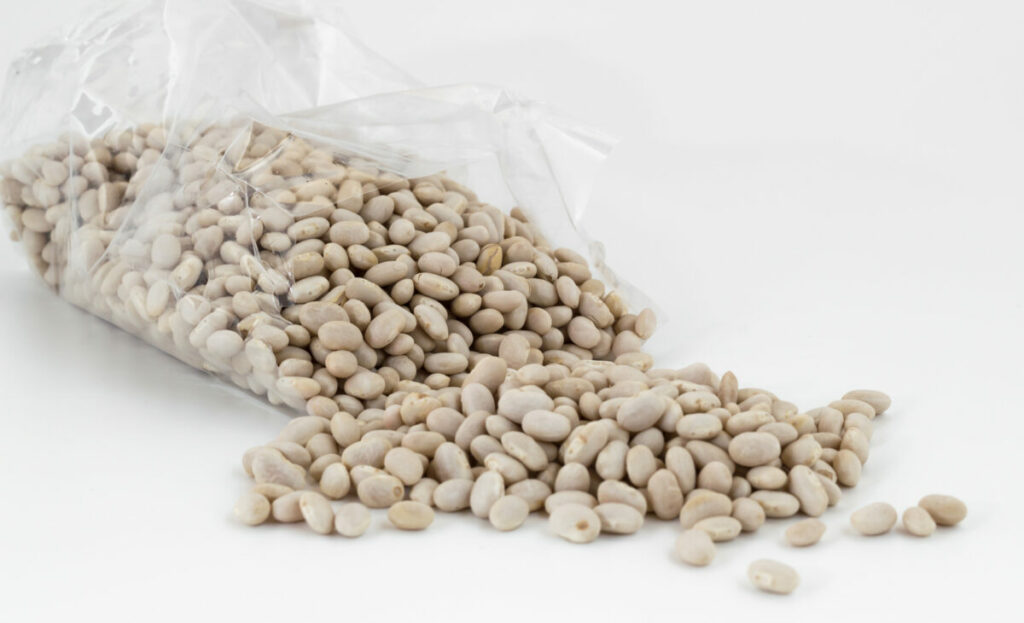
Fava Beans
1 cup of borlotti beans = 1 cup of fava beans
Fava beans, also known as broad beans, are highly accessible in most grocery stores, packing a similar texture and taste to borlottis. With most talk centered around their delicious taste, fava beans are also highly nutritious, high in protein, fiber, and iron.
Fava beans are a good source of vitamins A and C, potassium, and magnesium, providing a range of essential nutrients. However, if you do plan on using these beans, you should know that they need to be shelled before eating.
Although this process can be time-consuming, the effort is well worth it for the delicious taste and nutritional benefits fava beans offer.
Cannellini Beans (White Kidney Beans)
1 cup of borlotti beans = 1 cup of cannellini beans
Cannellini beans, also known as white kidney beans, make another excellent substitute for borlottis, as they share a similar size, texture, and mild, nutty flavor that can complement various dishes.
They're also a great source of protein, fiber, and essential vitamins and minerals, as well as being a cost-effective choice for a healthy diet. Cannellini beans can be used in the exact quantities as borlotti beans when substituting them in recipes, whether in soups, stews, or other dishes.

Butter Beans (Lima Beans)
1 cup of borlotti beans = 1 cup of butter beans
Butter beans offer a mild flavor and creamy texture that makes them a suitable swap in dishes that need a rich texture. These beans are a type of lima bean that are highly nutritious, providing a great amount of protein, fiber, and essential vitamins and minerals such as folate, iron, and potassium.
These beans also have a similar texture and taste when used in soups, casseroles, or as a side dish. They're a flexible component in many recipes because they can also be mashed and used as a foundation for spreads or dips. Their wide availability and low cost are one of butter beans' most highly sought-after qualities as a borlotti beans substitute.
Chickpeas
1 cup of borlotti beans = 1 cup of chickpeas
Chickpeas are an excellent alternative to borlotti beans, as they provide a wealth of nutrition and are very versatile in cooking. These legumes are a great source of protein, fiber, and essential vitamins and minerals, such as folate, iron, and magnesium.
Just expect a slightly firmer texture and a nutty flavor if you're looking at using these beans. They're perfect for stews and curries and can also be mashed and used as a base for dips like hummus or added to soups and stews to thicken them up.
Roasted chickpeas also make for a crunchy topping for salads or a healthy snack. So if you’re one of the many vegans or vegetarians looking for a plant-based swap, then chickpeas are just what you need.
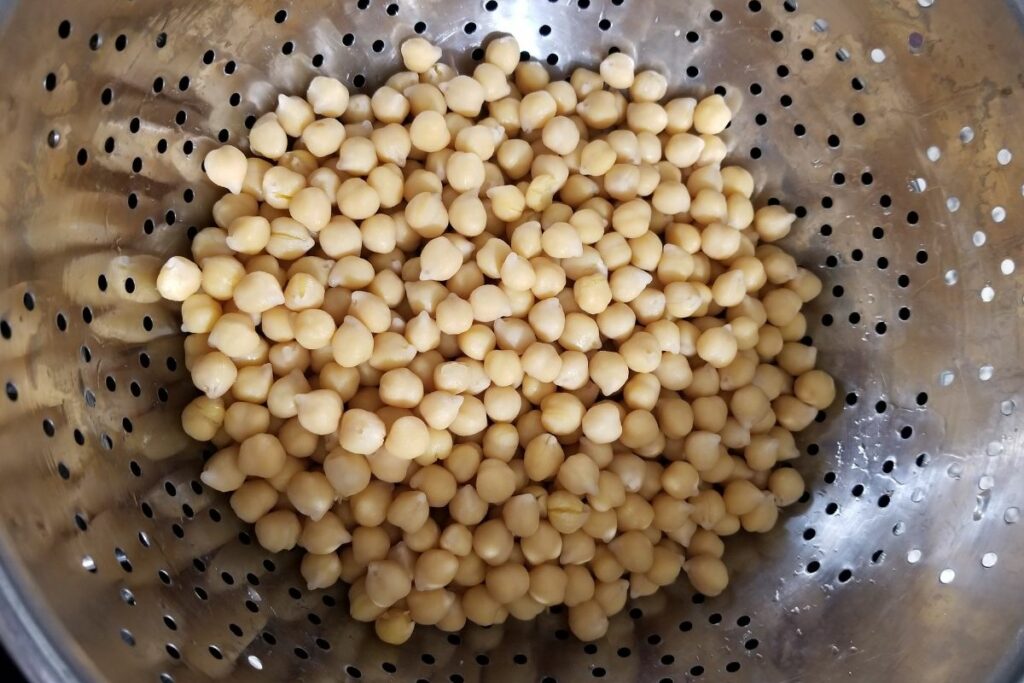
Anasazi Beans
1 cup of borlotti beans = 1 cup of anasazi beans
Borlotti beans can even be replaced with anasazi beans, a tasty and wholesome alternative grown by Native Americans for many years. These red beans are a fantastic source of fiber, protein, and important vitamins and minerals like potassium, magnesium, and iron.
They, like chickpeas, also have a low glycemic index, making them a suitable option for those at risk of high blood sugar. Anasazi beans have a softer flavor and a different texture, making them a top-notch swap, while the unique color and pattern of anasazi beans can also add a beautiful touch to your meals.
These beans can be cooked in various ways, including boiling, baking, or slow cooking, offering a range of options for meal planning.

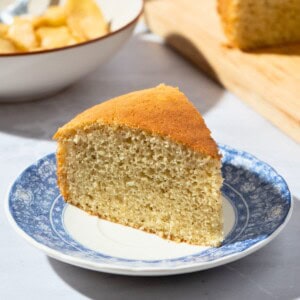











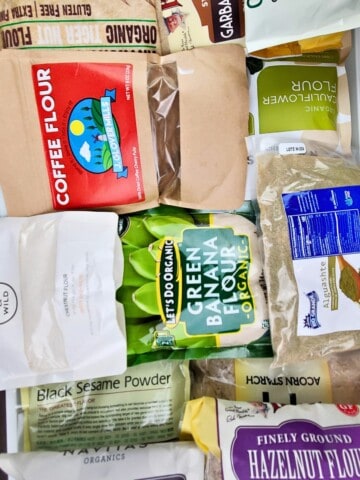
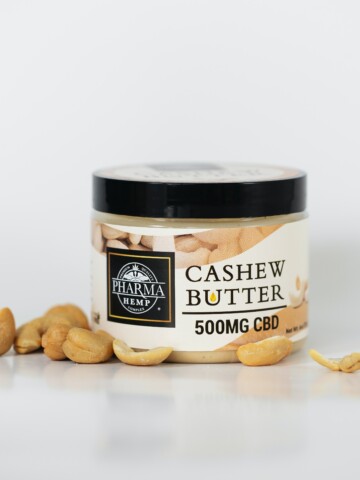
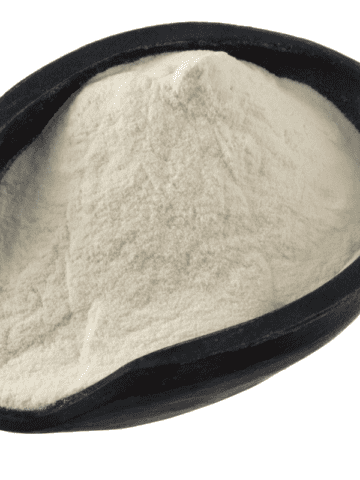
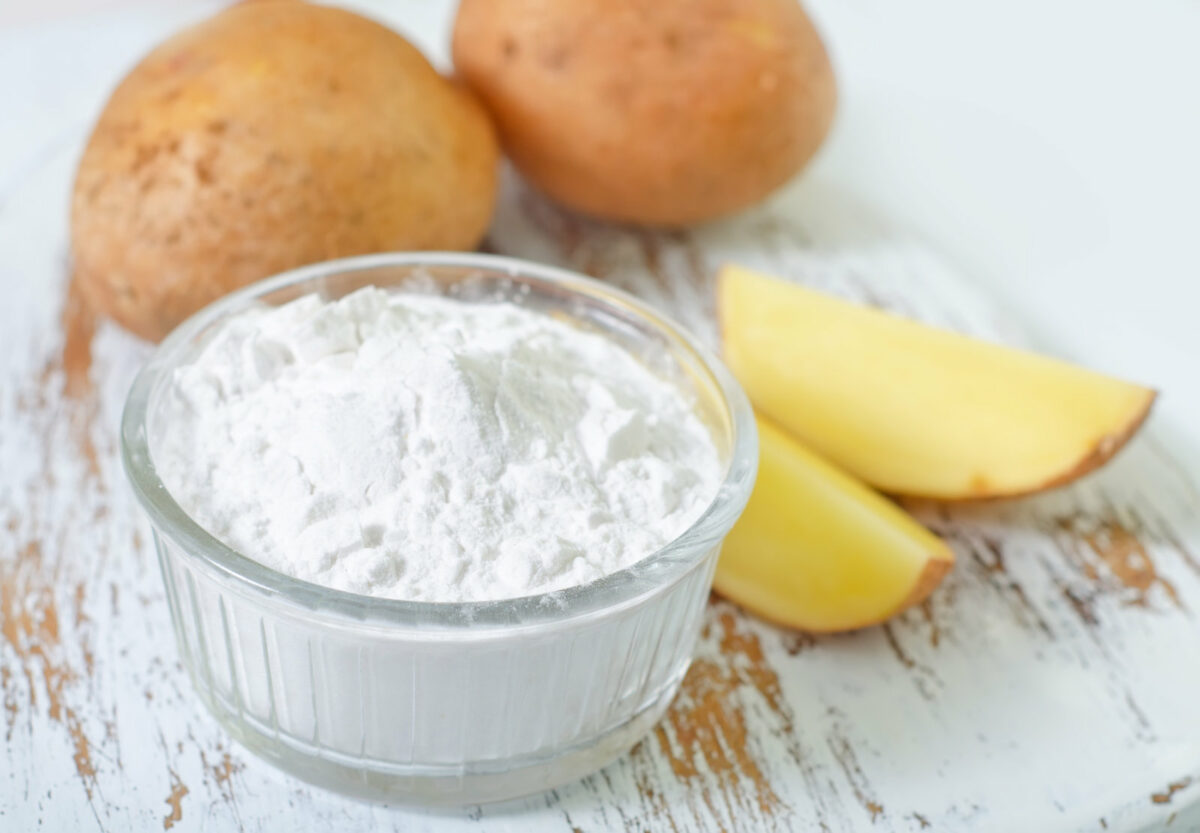
Comments
No Comments